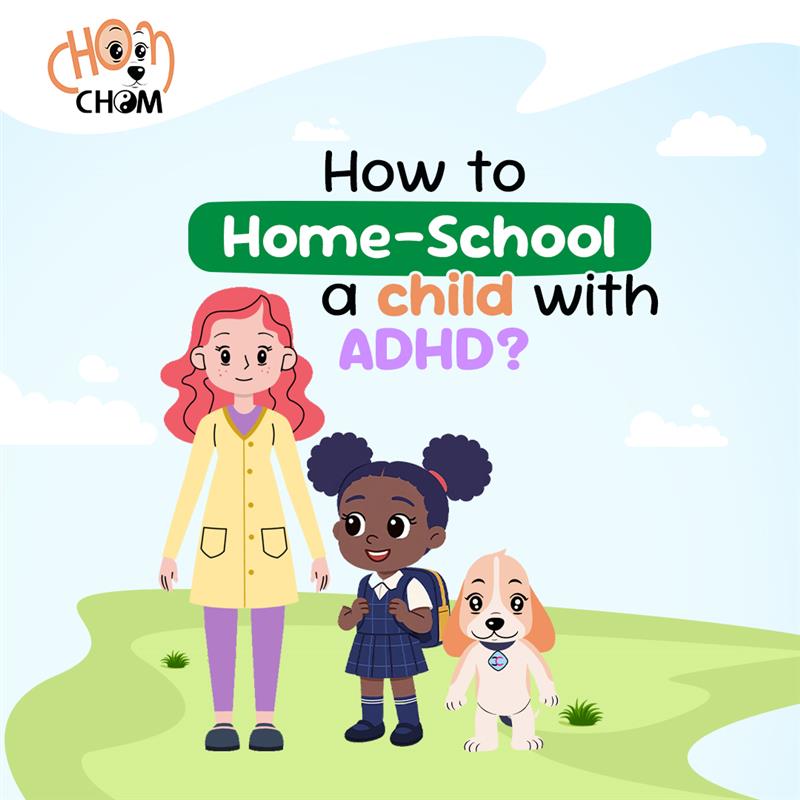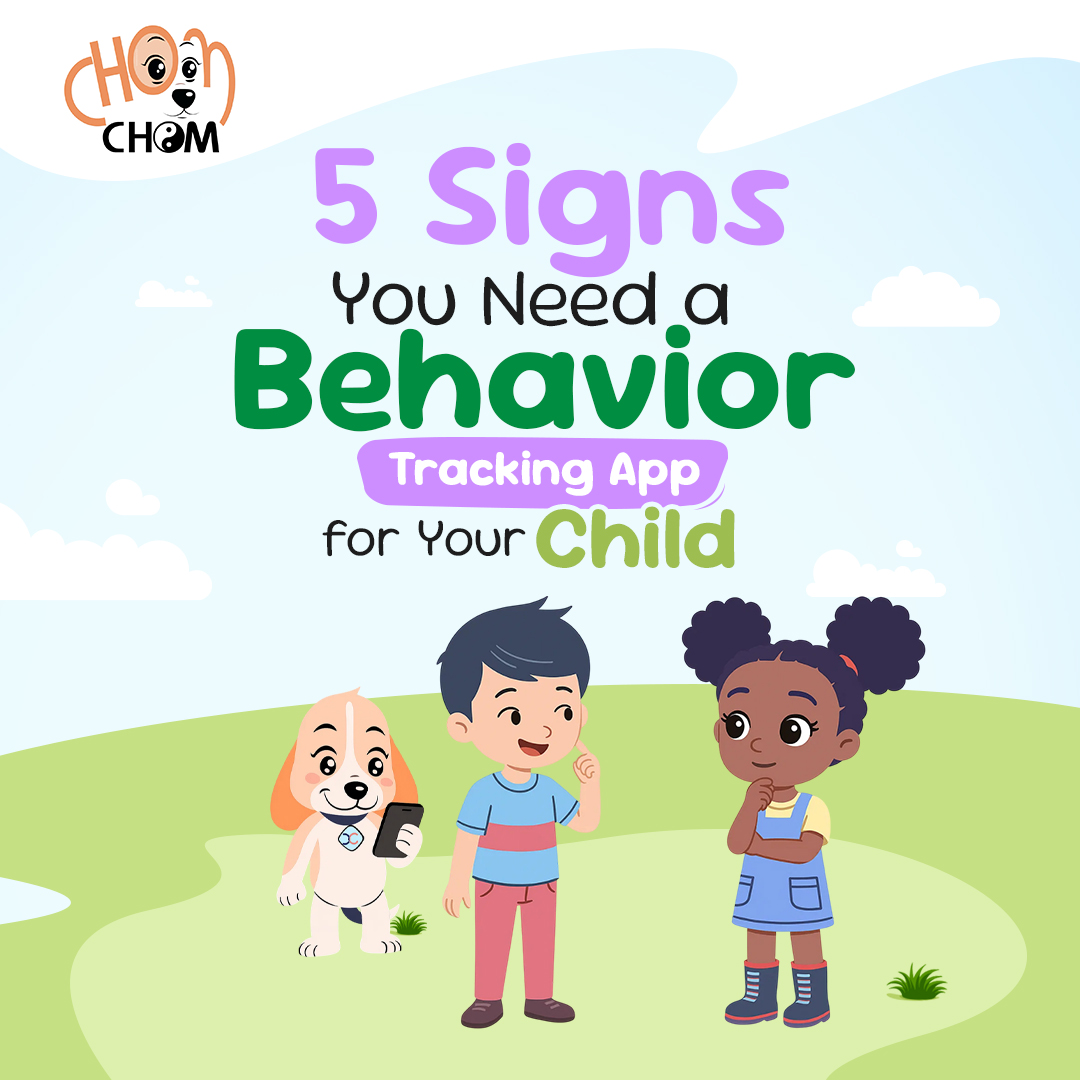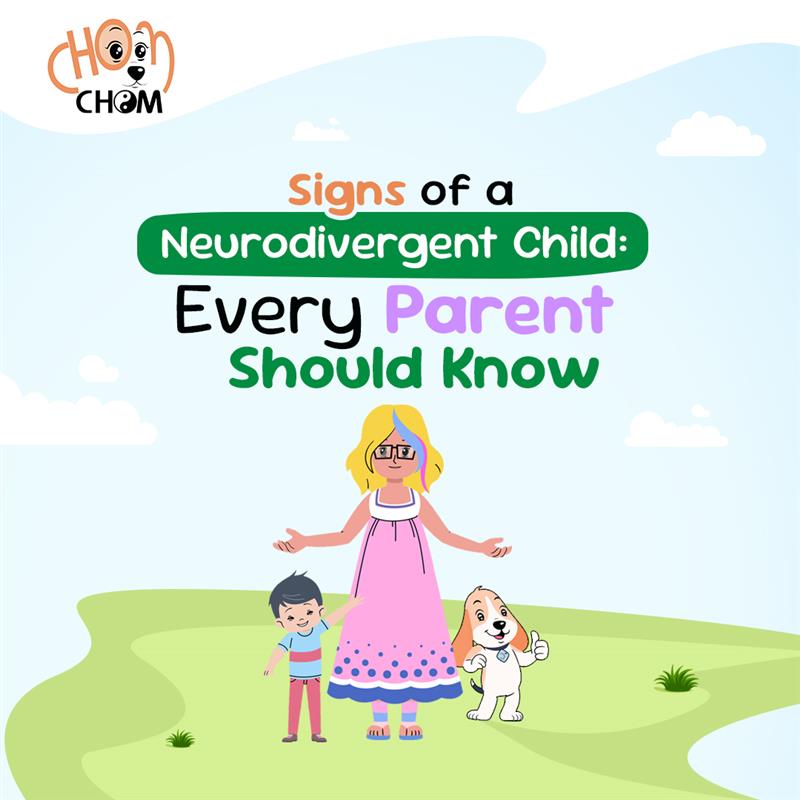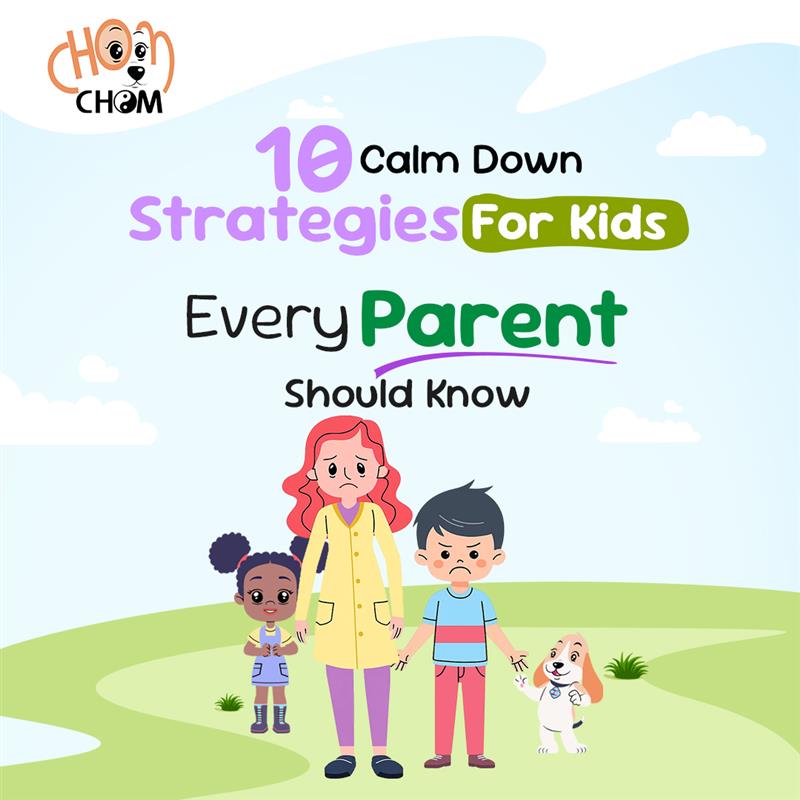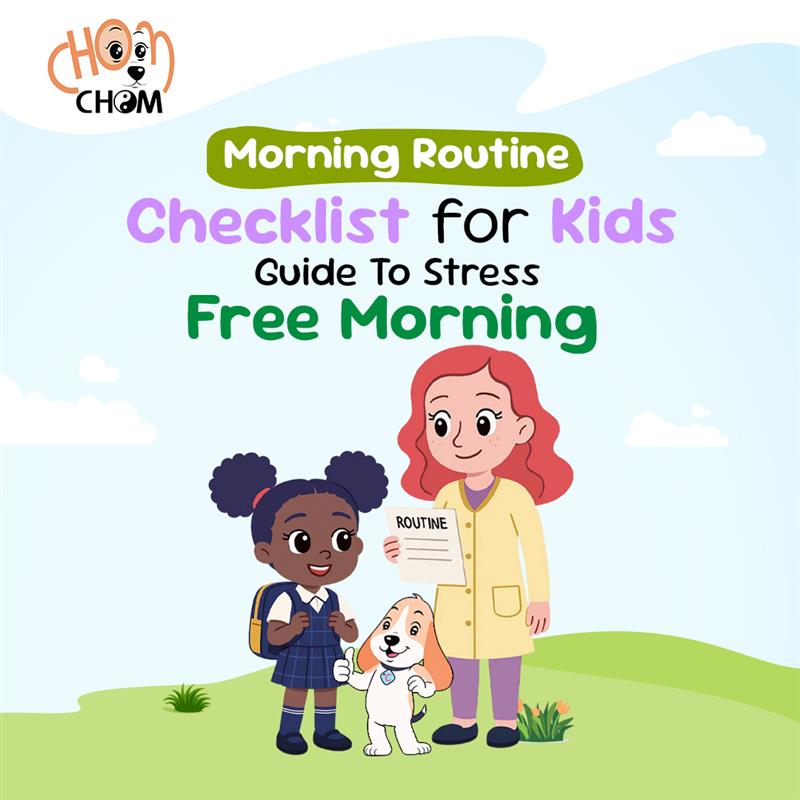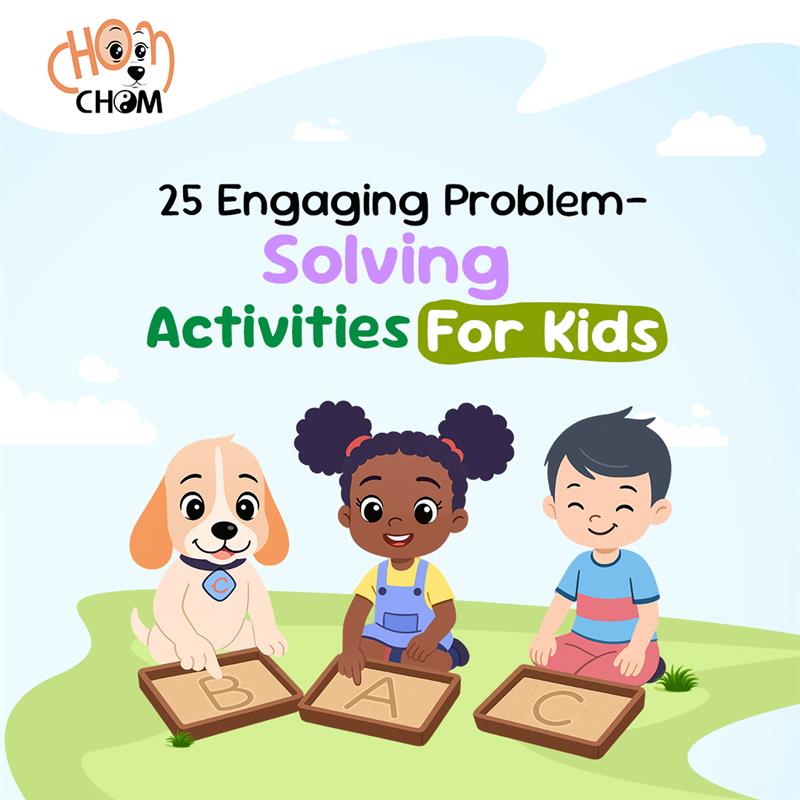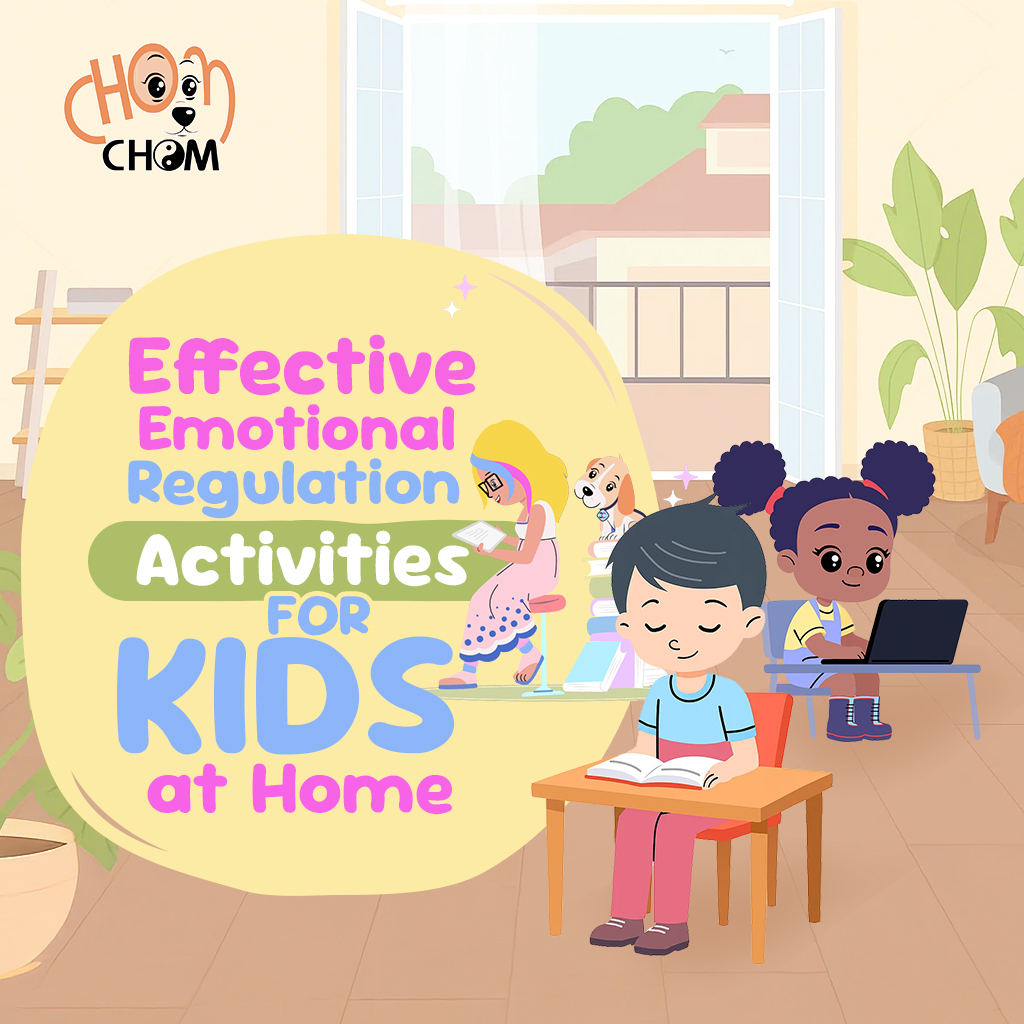
Your growing kid can struggle with their emotions; this is normal. However, emotional regulation activities for kids are a guiding tool.
As parents, we often wonder how to best equip our children for their journey. What tools will they need to understand and manage their big feelings?
The good news is that you don’t need a therapy degree or fancy equipment. With some creativity and intention, your home can become the perfect classroom. The goal is to foster strong emotional regulation skills while making it simple and fun.
We live in a digital era where everything moves fast. Helping children develop emotional intelligence is more crucial than ever. It is about teaching them to identify what they’re feeling and express it in healthy ways.
Emotional regulation activities for kids prevent more than meltdowns and tantrums. They are about building resilience, empathy, and a strong sense of self.
This blog will explore simple, engaging, and effective emotional regulation activities. Incorporate them into your daily routine and transform everyday moments into learning opportunities.
What Is Emotional Regulation?
Emotional regulation sounds like a fancy psychological term, but it is simple. Essentially, it is about how we manage and respond to our feelings.
For kids, it begins with learning to understand what they are feeling—joy, anger, sadness, or frustration—and how they express those emotions. It is not about suppressing feelings or pretending they don’t exist. It is about recognizing them and finding constructive ways to deal with them.
Think of it like learning to ride a bicycle. At first, it is tough, and falls are common. But kids learn to steer, balance, and stop safely with practice.
Similarly, emotional regulation is a skill that develops over time. When children can regulate their emotions, they can better cope with stress. With time, they can solve problems and build positive relationships.
Emotional regulation helps them avoid overwhelming outbursts. It empowers them to react thoughtfully to life’s ups and downs.
Why Do Some Children Struggle With Emotional Regulation?
It is vital to remember that emotional regulation is a learned skill. Some children will naturally pick it up more easily than others. When children struggle with emotional regulation, it is a combination of factors –
1. Brain Development
The prefrontal cortex is the part of the brain responsible for emotional regulation. It matures throughout childhood and even into early adulthood. Younger children may not yet have the neurological capacity to manage intense emotions.
2. Temperament
Some children are born with a more sensitive or reactive temperament. They naturally feel emotions more intensely or get overwhelmed more easily. This is not a flaw but a difference in their innate wiring.
3. Environmental Factors
Children learn by observing the adults around them. If they witness unhealthy emotional responses, they struggle to develop their own. Stress in the home or traumatic experiences impact a child’s ability to regulate feelings.
4. Neurodiverse Challenges
Underlying conditions make emotional regulation more challenging. Children with ADHD, anxiety disorders, or autism spectrum disorder experience difficulties with emotions. Their neurological makeup makes it more difficult. In these cases, additional support and tailored strategies are often needed.
Understanding these reasons helps us approach our children with empathy. With proper knowledge, we can provide the right kind of support for emotional growth.
Why is Emotional Regulation Important for Kids?
Emotional regulation is a foundational skill that impacts every child’s life and will continue to do so even when they are adults.
Here are reasons why emotional regulation for kids is crucial –
- Social Development
Kids who can understand and manage their emotions are better at maintaining friendships. They learn to share, take turns, empathize with others, and resolve conflicts. Without these skills, social interactions become challenging, creating frustration and isolation.
- Academic Success
Strong emotional regulation skills are a huge predictor of academic success. When children manage their feelings, they can better focus in class, tolerate frustration when learning new things, and stay motivated.
Emotionally strong kids have improved concentration and better problem-solving abilities. They have a more positive attitude towards school.
Beyond social and academic benefits, emotional regulation is vital for children. It contributes to their overall well-being and mental health.
Learning to cope with big emotions in healthy ways helps build resilience. It allows children to bounce back from setbacks and challenges. It equips them with the tools to manage stress and anxiety.
Teaching emotional regulation empowers our children. It helps them navigate the complexities of life with confidence and strength.
ADHD and Emotional Regulation Activities for Kids
Children with Attention-Deficit/Hyperactivity Disorder (ADHD) face unique challenges with emotions. ADHD children tend to feel more intensely, more frequently, and for longer periods.
The reason is differences in brain mechanisms, particularly in the prefrontal cortex. It is vital for executive functions like impulse control and emotional management.
For children with ADHD, their “emotional brain” can easily overpower their “thinking brain.” It leads to exaggerated overreactions, low frustration tolerance, and difficulty calming down. They struggle to self-soothe and might lash out or disengage completely when overwhelmed. The heightened emotional reactivity significantly impacts their social relationships.
The good news is that targeted strategies and consistent support are available. Children with ADHD can improve their emotional regulation skills. Proactive and positive approaches are key. They help them build awareness of their emotions and develop healthy coping mechanisms.
Here are some emotional regulation activities that are beneficial for kids with ADHD. These keep their unique needs in mind –
- Movement and Sensory Activities:
Children with ADHD benefit from physical activity. It helps them release excess energy and regulate their sensory system.
Start with a ‘calm down’ corner. Create a designated quiet space with fidget toys, weighted blankets, stress balls, and sensory objects. The corner provides a haven for them to self-soothe when overwhelmed.
Encourage activities like jumping on a trampoline, dancing, running, or playing sports. Short bursts of intense physical activity help them reset and regulate.
Tasks that involve pushing, pulling, or carrying provide proprioceptive input. It helps them calm down. For instance, carrying grocery bags or pushing a laundry basket across the floor are simple yet beneficial.
- Mindfulness and Breathing Techniques:
These activities help children connect with their bodies and the present moment. They also aid in improved focus and self-awareness.
Breathing exercises are simple and effective. Have them inhale through their noses as if smelling a flower. Then, ask them to exhale slowly through their mouths as if blowing out a candle.
Guided meditation helps kids practice focus and calms their minds.
Simply lying down also helps them focus on different parts of their body. Noticing any sensations builds body awareness and helps recognize emotional cues.
- Visual Supports and Structured Activities:
Visual aids and predictable routines provide stability, helping children with ADHD organize their thoughts and responses.
Use a visual chart with different emotions and corresponding facial expressions. When your child is feeling strong emotions, encourage them to point it out. If they can identify, they will soon learn to manage.
For specific challenges, break down tasks into smaller, manageable steps. This reduces anxiety and promotes a sense of accomplishment.
Act out different emotional situations and practice various healthy responses. From sharing to solving a conflict, let them see and learn. They can better rehearse coping strategies in a safe environment.
- Creative Expression
Providing outlets for creative expression helps children process and communicate their emotions.
Encourage them to draw or paint how their emotions feel. This can be abstract colors and shapes or more literal representations.
A journal will let older kids write about their feelings and struggles.
Encourage them to create stories or comic strips about characters experiencing the same emotions. Let them create stories about overcoming different emotions.
Remember, consistency, patience, and positive reinforcement are vital. These have a severe impact when working with neurodiverse children. Celebrate small victories and remind them that learning to manage emotions is a process. Focus on supporting them every step of the way.
Must-Do Steps Before Starting Emotional Regulation Activities
A few preparatory steps are essential before engaging in emotional regulation activities for kids. They increase effectiveness and ensure a positive experience for you and your child.
These “must-do” steps lay a strong foundation for success –
Make a Space Where Kids Feel Safe and Supported
The designated calm corner should be comfortable, inviting, and free from distractions. Stock it with calming tools like soft blankets, pillows, fidget toys, and books. The key is for this space to be seen as a haven. Your child must find it soothing enough to process emotions. They must feel secure and understood in this environment. Knowing they have a dedicated place to work through their feelings is a support.
Understand Your Child’s Emotional Baseline:
Pay close attention to your child’s typical emotional patterns when calm. What does their “normal” look like? How do they usually react to minor frustrations or joys?
Observing their baseline helps you identify when their emotions are escalating. It allows you to intervene proactively before a full-blown meltdown. Recognizing that a specific activity is working helps them return to their baseline. It is about knowing your child’s unique emotional landscape.
Connecting Emotions to Body Signals:
Help your child understand that emotions are not thoughts in their head. They also have physical sensations in their body.
For instance, anger might feel like a hot face or clenched fists. Anxiety might be a “butterfly” feeling in their stomach, and sadness might feel like a heavy chest.
When your child is calm, discuss with the right questions. “When you feel frustrated, where do you feel it in your body?” or “When you are really happy, how does your body feel?”
The awareness is crucial. Recognizing early body signals is the first step toward choosing a regulation strategy. You become prepared before emotions become overwhelming.
Set Clear Expectations and Goals:
Before introducing any activities, communicate. Let them know why you are doing them in simple, child-friendly language.
For example: “We’re going to learn some fun ways to feel better when we have really big feelings.”
Set realistic goals. The aim is not to eliminate emotions but to teach healthy ways of expressing them. If appropriate for their age, involve your child in setting these expectations. Knowing what to expect will increase their cooperation.
Emotional Regulation Activities for Kids
The most valuable gift is equipping children with a toolbox of emotional regulation strategies. These strategies are designed to be integrated seamlessly into daily life. The self-control activities transform everyday moments, creating self-awareness and emotional control.
Daily Emotional Check-ins:
Building a consistent habit of checking in on emotions is fundamental. Beyond a simple “How are you?”, make it a ritual to delve deeper.
Emotion Wheels/Charts: Use a visual chart featuring various emotional faces, such as happy, sad, angry, surprised, and more. Ask your child to point to how they are feeling and elaborate.
High-Low: Try the high-low activity during dinners. Each person shares a positive and challenging moment, normalizing the full spectrum of emotions.
Body Scan Check-in: Guide your child in noticing sensations in their body. “Where do you feel that happiness in your body?” or “Does your tummy feel tight when you’re worried?” This helps them connect physical cues to emotional states.
- Mindfulness Games:
Mindfulness is about paying attention to the present moment. It is best introduced to kids through playful activities that engage the senses.
Sound Detective: Sit quietly for a minute, indoors or outdoors, and challenge your child to identify every sound they hear. “Can you hear the refrigerator humming? What about a bird outside?”
Mindful Taste Test: Offer a small piece of food. Encourage them to use all their senses: “What does it look like? What does it smell like? What does it feel like in your hand, on your tongue? How many different tastes can you find?” This enhances focus and sensory awareness.
Walking Rainbow: Challenge them to find something of every color in the rainbow while walking. This will ground them in their surroundings and encourage observation.
Writing About Emotions:
Sometimes, voicing an emotion can feel intimidating. Things can be done in a non-verbal or less direct way. Creative outlets allow children to process and externalize complex feelings with less struggle.
Emotion Jar/Box: When your child feels a strong emotion, encourage them to write or draw about it. They can store the feelings in a jar or a box. This acknowledges the feeling without dwelling on it. You can review the jar together to notice the patterns.
Feeling Faces: Provide art supplies and encourage them to paint a face representing their feelings.
Storytelling: Collaborate on creating stories in which a character faces a challenge. Let them explore strong emotions through these stories. Help them create characters who cope with their emotions. It builds empathy and problem-solving skills.
Group Mindfulness Activities:
Some activities foster a shared sense of calm and connection within a family or group setting and reinforce positive emotional habits.
Mindful Listening: Sit in a circle. One person makes a quiet sound, like ringing a small bell or rubbing hands together. Everyone else closes their eyes and listens intently until the sound completely disappears.
Pass the Squeeze: Sit in a circle, holding hands. One person starts by gently squeezing the hand of the person next to them. That person passes it on, creating a silent wave around the circle. This simple act builds connection and quiet focus.
Active Listening:
It is not an activity for the child but a crucial skill for you as the parent. It involves hearing and reflecting on your child’s feelings without judgment or immediate solutions.
Validate, Don’t Dismiss: Instead of saying don’t be sad, try, “It sounds like you’re feeling sad right now because…”
Reflect and Rephrase: “You are angry because your friend broke your toy and did not apologize. Is that right?” This shows you are engaged and helps them clarify their feelings.
I hear you: Simple phrases like “I hear you,” “That makes sense,” or “I understand” can be incredibly powerful. Children feel seen and heard, often the first step to regulating their emotions.
Emotional Charades:
Emotion regulation games help children develop emotional literacy. They can recognize and express different feelings through non-verbal cues.
Write a range of emotions on separate cards: happy, sad, angry, surprised, excited, shy, frustrated, proud, confused, worried, and so on.
Players take turns drawing a card and acting out the emotion without speaking. Others are supposed to guess. Encourage exaggerated expressions and body language. This builds empathy as they try to understand what others are portraying.
Mindfulness Activities for Emotional Balance:
There are specific techniques that children can use to bring themselves back to a more balanced emotional state.
Create a glitter jar by filling it with water, a few drops of food coloring, glitter glue, and extra glitter. When a child feels overwhelmed, shake the jar vigorously to represent their emotions. Encourage them to sit and watch the glitter slowly settle, taking deep breaths as it does. This will visually demonstrate how their mind can calm.
On a cloudy day, lie outside and watch the clouds drift by. Encourage your child to imagine their worries or big feelings as clouds. Clouds float away, and so will their emotions.
Breathing Exercises:
Breathing is one of the most immediate and effective ways to regulate the nervous system. Teach simple, actionable breathing techniques that children can readily recall and use.
Balloon Breath: Have your child place their hands on their belly. Encourage them to inhale deeply through their nose like a balloon filling with air. Then, exhale slowly through their mouth, letting the air out of the balloon.
Lazy Eight Breathing: Draw or trace a large figure-eight on paper. Have your child trace the figure eight with their finger. Teach them to inhale as they go up one loop and exhale down the other. The visual and kinesthetic cue helps regulate breathing.
Take 5 Breaths: Have your child spread one hand wide, palm up. Slowly trace up one finger while inhaling and down the other side of the same finger while exhaling. Repeat this for all five fingers, taking “5” calming breaths.
Each of these emotion regulation games and activities is essentially therapist-backed. The practices have helped numerous neurodiverse kids regulate emotions. However, as a parent, your complete support and patience are crucial. While your kids are learning to tackle overwhelming emotions, they do not need to feel sorry about themselves. Be the biggest support you can while they walk the path.
Emotional Regulation Made Easy for Kids with ChomChomTech
Remember, every child’s journey with emotional regulation is unique. Like their individual personalities, children understand and persevere through life differently.
There will be days of triumph and days of challenge. However, consistency, patience, and unwavering support are the most powerful tools.
Focus on creating a safe space and understanding their baseline emotions. Actively listen while you build resilience and empathy. A strong foundation is a lifelong pillar for their well-being. Embrace emotional regulation activities for kids and watch them grow into confident individuals.
ChomChomTech, Corp. is an exclusive skill-building app designed for neurodiverse kids. We boast a collection of emotion-regulation games and self-control activities for kids. We aim to help children struggling with ADHD, anxiety, and emotional and behavioral challenges.
Download the app to learn more about our emotional regulation activities for kids!

